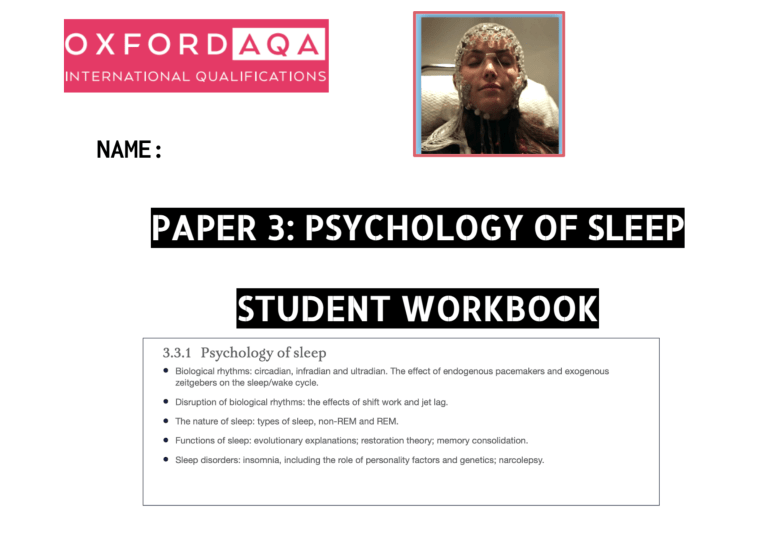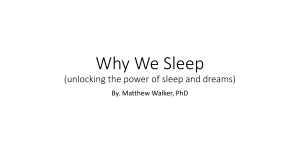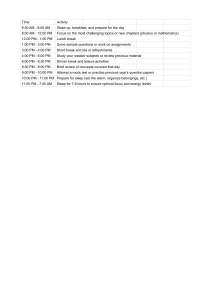
Circadian rhythms are a biological version of a computer/clock which are endogenous/exongenous. This means that they are generated from outside/within the body. Circadian rhythms are found inside most living cells, plants, animals and humans. Their origin dates back 3.5 billion years. Rhythms are a response to the most predictable condition of life on earth, cold/dark at night and light/hot in the day. One example of a circadian rhythm is the sleep-rest/wake cycle. use of daylight hours and It has evolved to promote the best rest/energy in the darkness when cell/mental reparation and personality/memory adjustment can be carried out for the next day. Daylight regulates the clock, and modern research has looked at the effect of bright/artificial light on humans and how far that may disrupt our sleep and health. Circadian means a full day/almost a day is a biological process which is driven by an internal oscillator which can persist and alter as the periodicity of light and dark change, i.e.as days get shorter in the winter/summer. 1 2 3 4 5 6 NOTE: This is a deep-dive into one example of an ultradian rhythm-THE SLEEP CYCLE- which will help with the later topic THE NATURE OF SLEEP and RESEARCH METHODS 2 DESIGNING AND REPORTING PSYCHOLOGICAL INVESTIGATIONS 7 8 9 10 11 12 13 The Nature of Sleep This topic has already been introduced in biological rhythms in the learning of ultradian rhythms and sleep cycles including Dement and Kleitman’s pioneering research. Without using your notes see how much you can recall. Create a glossary of terms below that will help you explain the nature of sleep Sleep Cycle Stages of sleep EEG REM Sleep SWS Sleep spindles and K complexes Describe and sketch Beta waves Describe and sketch Alpha waves Describe and sketch Theta waves Describe and sketch Delta waves 14 The Nature of Sleep: sleep mechanisms RESEARCH Sid Kouider 2014- SLOW-WAVE SLEEP FOR LEARNING Explain what research has shown about the brain during SWS Three interesting findings from Kleitman’s research io sleep and dreams 15 Next topic: FUNCTIONS OF SLEEP THIS TOPIC INVOLVES A GROUP PRESENTATION WHICH YOU WILL HAVE RECEIVED MORE DETAILS ON. THE AIM OF THE GROUP WORKSHOPS IS TO PREPARE THE CLASS TO ANSWER ASSIGNED TOPIC and date of presentation EVOLUTIONARY EXPLANATIONS 20 MARK QUESTION ON THE TOPIC Tick your own and put the name of group members next to the other roles Date: RESTORATION THEORIES Date: MEMORY CONSOLIDATION Date: AO1 details manager AO2 application lead AO3 evaluation developer Examiner Quiz master Visuals technician Quality control editor ROLE(s) IN PREPARATION AND PLANNING. The 20 mark questions you are aiming to prepare students for are: You should also find other shorter questions to include in your presentation 17 18 NOTE: THI IS AN ONLINE GROUP ACTIVITY THREE INTERESTING FACTS ABOUT GENETICS AND INSOMNIA: 1) 2) 3) What are issues with genetic explanations? 19 20 21 22 23





